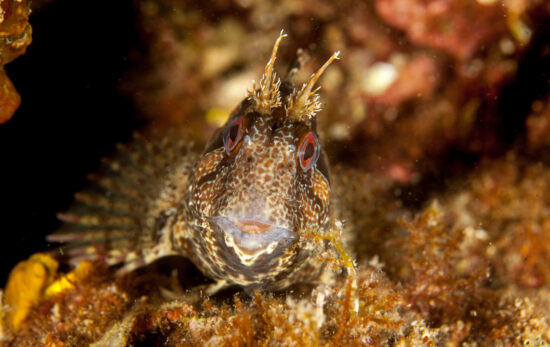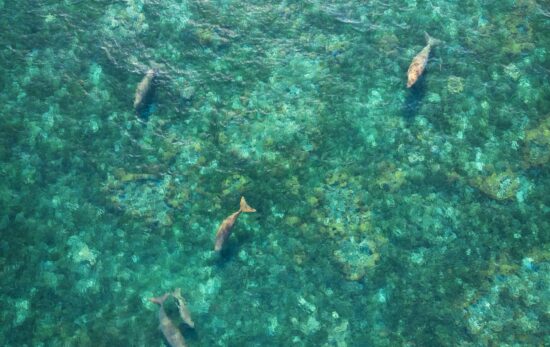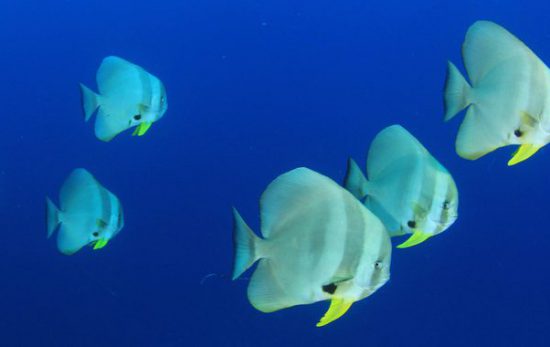When you think of ‘Ocean Superhero’, no doubt, Aquaman comes to mind. But real marine animals are playing important roles in protecting their homes – and the resulting healthy ocean ecosystems are crucial in maintaining a planet that supports life. That’s why these four animals are some of the real Ocean Superheroes.
Harlequin Shrimp
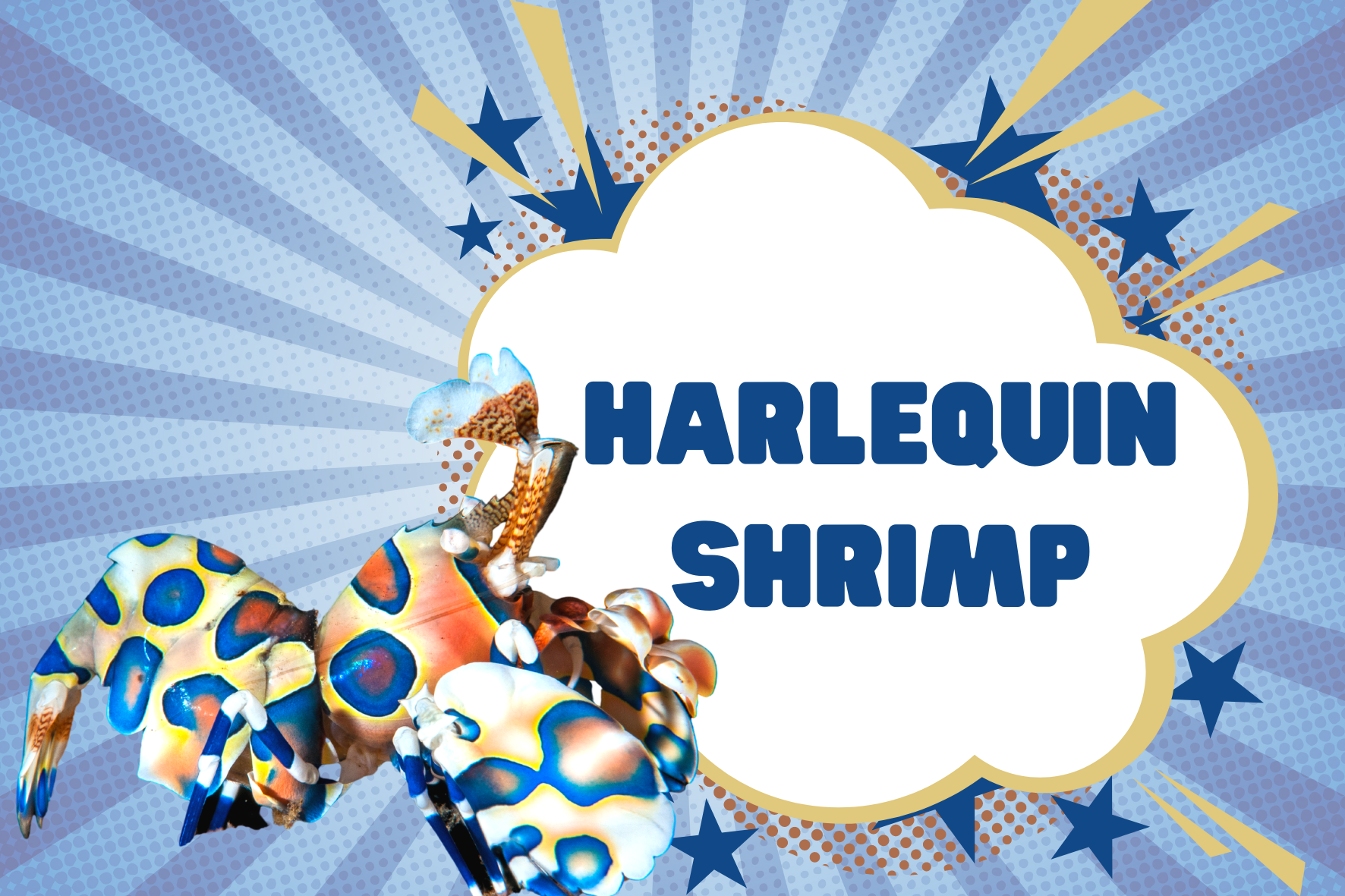
These pretty and pastel critters may look harmless at one to two inches in length, but they protect coral reefs from a threatening sea star with few natural predators. Harlequin shrimp live in the Indian and Pacific Oceans and pack an appetite for a hungry coral predator: Crown of Thorn Sea Stars.
Each Crown of Thorns Sea Star (COT) can eat up to six square meters of coral reef a year. So when COT populations grow, coral reefs can suffer. However, the University of the Philippines found that Harlequin shrimp preyed on 5% – 6% of a COT population. As a result, they lessened the potential for COT population growth, and protected corals.
Pairs of Harlequin shrimp that mate for life work together to hunt COT and provide a barrier to the coral reef. This act is heroic when rising water temperatures and human impacts negatively affect coral reefs worldwide.
Dusky Batfish
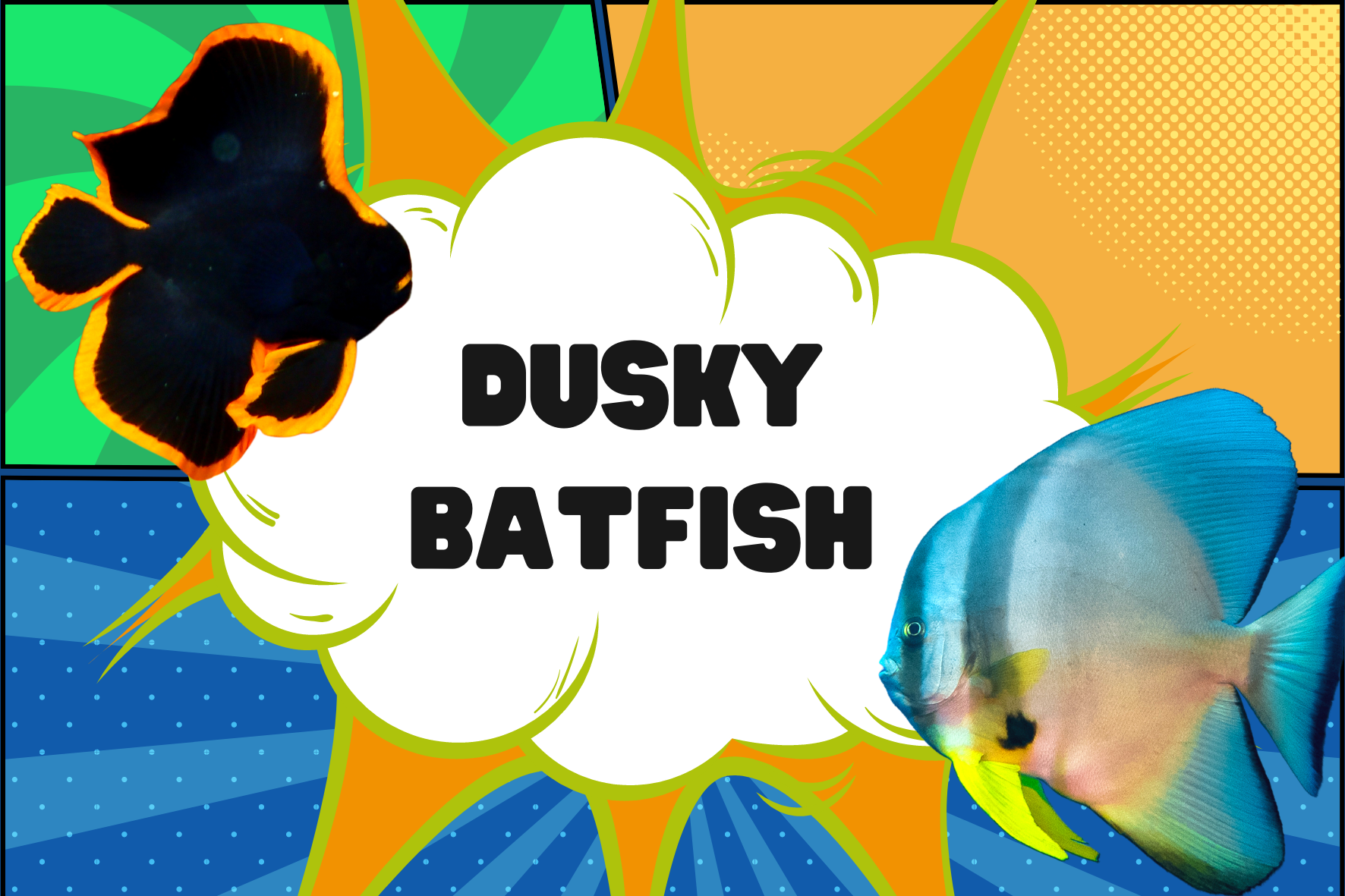
Dusky Batfish, Pinnate Spadefish, Pinnate Batfish, Shaded Batfish are the many common names for Platax pinnatus. Found in the Western Pacific and the Great Barrier Reef, these fish are color shifters; they grow from stunning black and orange to muted silver and yellow. Additionally, they play a surprising part in coral reef conservation.
Research done by James Cook University in Queensland found that this species quickly removes macroalgae from coral reefs. Macroalgae compete with coral, and when gone unchecked, can inhibit the recovery of coral reefs by blocking new corals from settling.
Researchers used underwater cameras to study which fish were responsible for clearing the algae. They were surprised to find the species that ate the most macroalgae was the rare dusky batfish, which are less common on reefs than common fish like parrotfish or surgeonfish.
Sea Otter
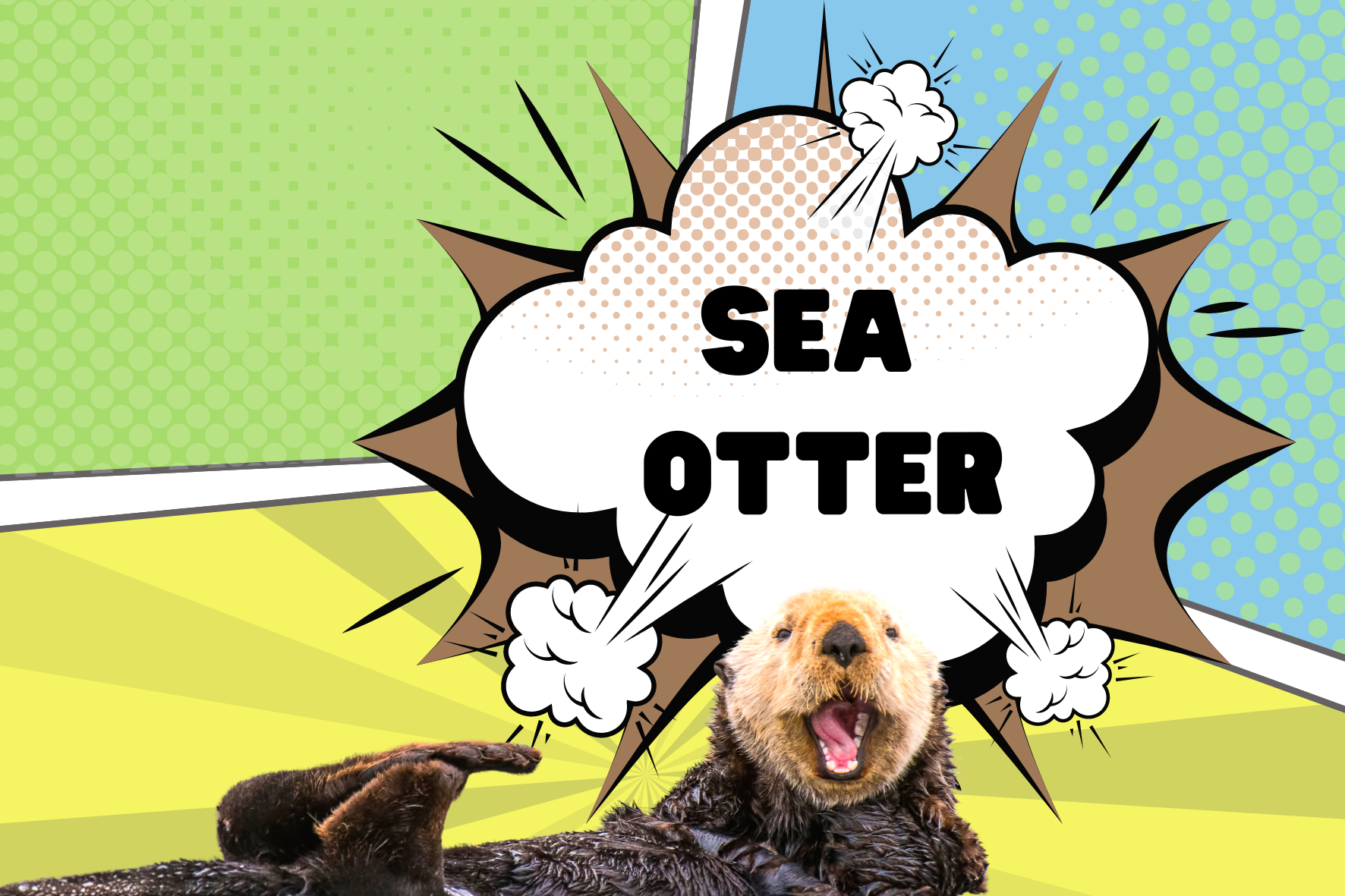
If kelp forests in the Northern Pacific Ocean were Gotham City, sea otters would be Batman. Floating above the thick fields of massive brown algae, these small marine mammals are eager eaters. They consume up to 25% of their body weight every day. Fortunately, one of the otter’s chosen meals is sea urchins, a species that preys on kelp.
In the absence of predators (like sea otters), sea urchin populations grow and mow through kelp forests. Large herds of sea urchins can leave a bare ocean floor after feasting. Sea otters keep kelp forests healthy by consuming these spiky predators. As a result, sea otters enable kelp forests to provide shelter for many species. Learn more about sea otters.
Sharks
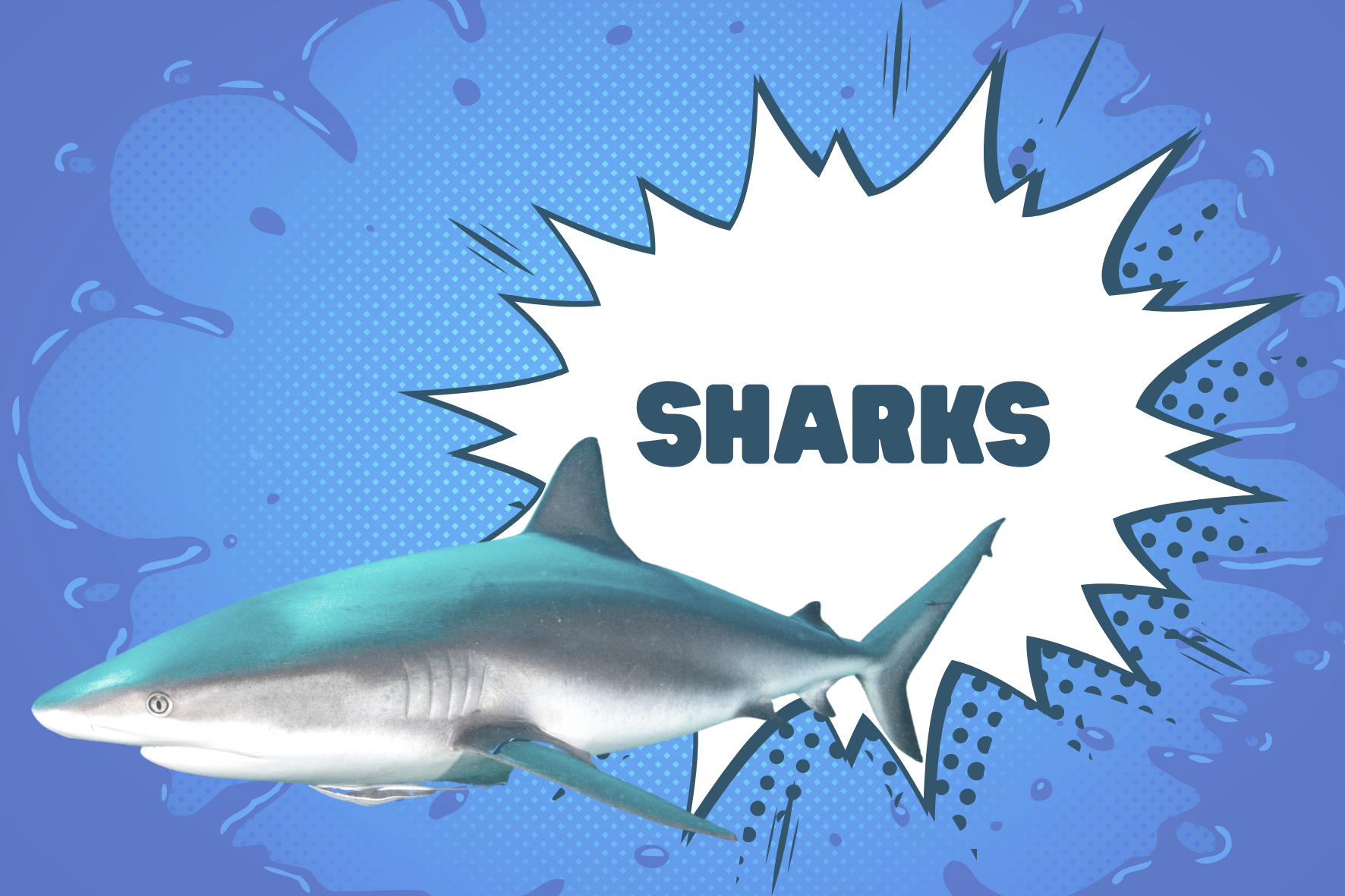
Sharks can also be considered superheroes of the sea. At the top of the ocean food chain, sharks impact the marine food web around the world from the top-down. Like harlequin shrimp keeping predators in check, when sharks eat predatory fish, they allow herbivorous fish populations (like the dusky batfish) to grow and maintain the balance between algae and coral on reefs.
Additionally, sharks hunt weak, slow, and sick animals. Consequentially the spread of disease is hindered, and fish populations evolve. Learn more about sharks.
You don’t have to be an animal that lives underwater to be an ocean superhero (but being a PADI diver gets you pretty close). By becoming a PADI Torchbearer, you can help save the ocean above and below the surface too.

